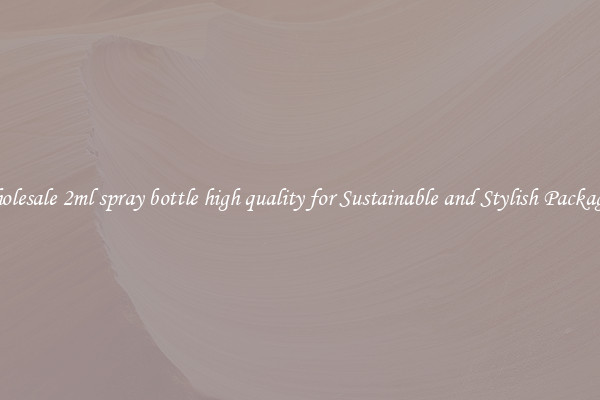dot3 in plastic bottle dot3 in plastic bottle Suppliers and Manufacturers
DOT3, also known as 3,4-Methylenedioxy-N-methylamphetamine, is a synthetic drug that is often sold in plastic bottles by suppliers and manufacturers in the underground drug market. This drug is a member of the amphetamine class of psychoactive substances, and is known for its stimulating and hallucinogenic effects.

Suppliers and manufacturers of DOT3 in plastic bottles typically market the drug to users looking for an intense and euphoric high. The drug is commonly ingested orally, either by drinking the liquid directly from the bottle or mixing it with other liquids. Users report feeling a rush of energy, increased empathy, and heightened sensory perception after taking DOT3.
However, the use of DOT3 can also come with serious risks and consequences. The drug is highly addictive and can have detrimental effects on both physical and mental health. Users may experience increased heart rate, elevated blood pressure, insomnia, and anxiety. Long-term use of DOT3 can lead to addiction, cognitive impairment, and even psychosis.
Furthermore, the production and distribution of DOT3 in plastic bottles is illegal in most countries due to its classification as a controlled substance. Authorities have cracked down on suppliers and manufacturers selling the drug, leading to arrests and seizures of large quantities of DOT3.
Despite these risks and legal consequences, the demand for DOT3 in plastic bottles remains high among some users in the underground drug market. Suppliers and manufacturers continue to exploit this demand, putting profit before the well-being of consumers.
In conclusion, the sale of DOT3 in plastic bottles by suppliers and manufacturers poses serious risks to individual users and society as a whole. It is important for authorities to continue enforcing laws against the production and distribution of this dangerous substance, and for users to seek help if they are struggling with addiction to DOT3.

View details

View details

View details

View details








